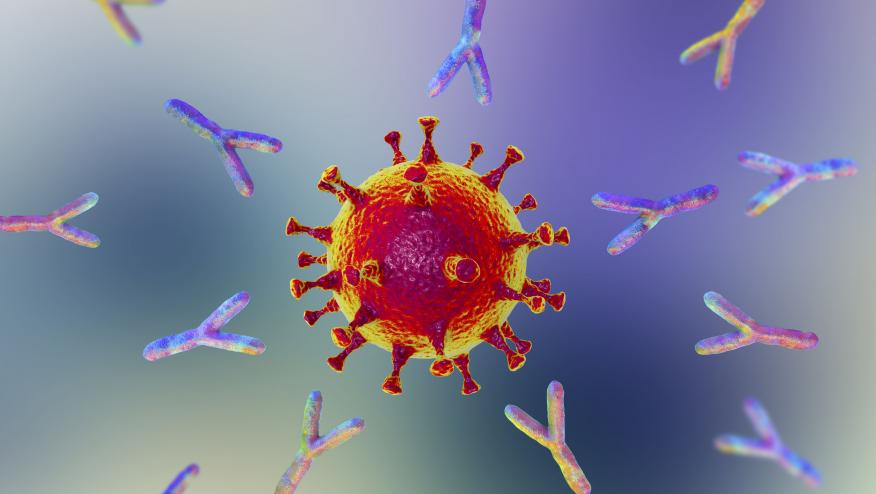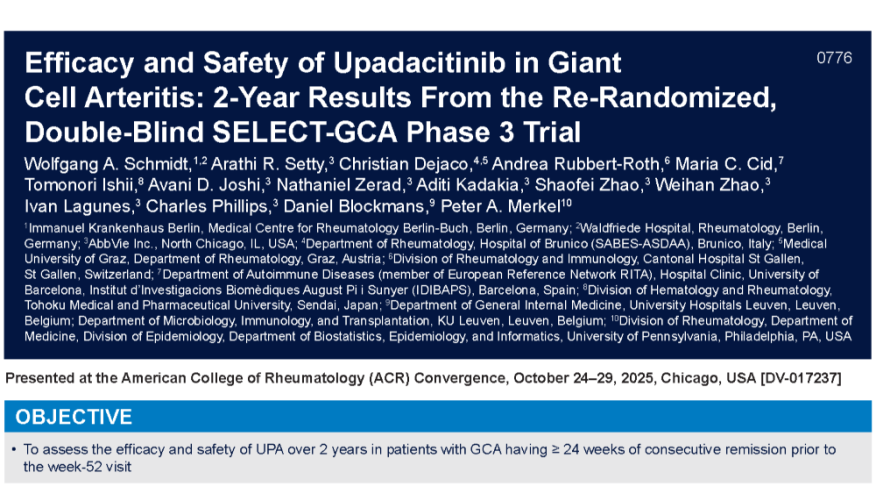Weak Vaccine Responses in ANCA-Associated Vasculitis Patients Save

Patients with ANCA-associated vasculitis (AAV) did not mount durable antibody responses to the SARS-CoV-2 Delta variant after the standard two-dose regimen of the Pfizer-BioNTech vaccine -- and for those taking rituximab (Rituxan) as maintenance therapy, even a third dose wasn't much help.
For those not on the B-cell depleting agent, however, third doses did provide enough of a boost to neutralizing antibodies that substantial immunity could be expected, reported Claudius Speer, MD, of University Hospital Heidelberg in Germany, and colleagues in Annals of the Rheumatic Diseases.
"[T]his study suggests that immunosuppressed patients with AAV may not be adequately protected against B.1.617.2 [Delta] after standard two-dose COVID-19 vaccination," the researchers concluded, adding that rituximab seemed to block "humoral vaccine response even after a third vaccine dose."
Notably, the study did not address cellular immunity to SARS-CoV-2, which can be substantial even when antibody responses are suboptimal. For example, a study last year indicated that multiple sclerosis patients using another B-cell depleting agent, ocrelizumab (Ocrevus), developed satisfactory T-cell responses following COVID vaccination even though antibody responses were scant.
In AAV, patients develop autoantibodies against neutrophils and are typically treated with immunomodulatory agents, including corticosteroids, azathioprine, mycophenolate mofetil, and/or rituximab. The combination can diminish normal immune responses to pathogens, thus leaving patients vulnerable to infections.
Now there is also concern that COVID vaccine efficacy could be compromised in AAV patients, particularly in the face of SARS-CoV-2 variants such as Delta that have shown "partial immune escape," Speer and colleagues noted.
They identified 21 AAV patients undergoing vaccination at three German clinics and followed them as they received their scheduled doses. Thirteen patients had the granulomatosis with polyangiitis AAV subtype, while the rest had microscopic polyangiitis. Median patient age was 71, and one-third were women. Four patients were using steroids alone for AAV control, nine were on combination therapy without rituximab, and eight were on regimens that included rituximab.
Following the second Pfizer-BioNTech vaccine dose, 13 of the 21 patients showed antibodies active against the SARS-CoV-2 spike protein; the median activity of surrogate neutralizing antibodies was 34%. Eight patients showed neutralizing activity in the vicinity of 90%.
However, among 16 patients tested shortly before receiving a third dose, anti-spike antibody titers and neutralizing activity had disappeared in most.
Following the third dose, both measures shot back up again in the no-rituximab group; all of these patients showed neutralizing activity above 40%, and for most it was close to 90%.
But that was not the case for patients taking rituximab. Only two of the eight patients on rituximab showed detectable anti-spike antibodies, and neutralizing activity was seen in just one.
On the plus side, adverse vaccine reactions were about as common as in the general population, and did not appear more severe. The frequency did increase with successive doses, reaching about 70% overall after the third jab.










If you are a health practitioner, you may Login/Register to comment.
Due to the nature of these comment forums, only health practitioners are allowed to comment at this time.